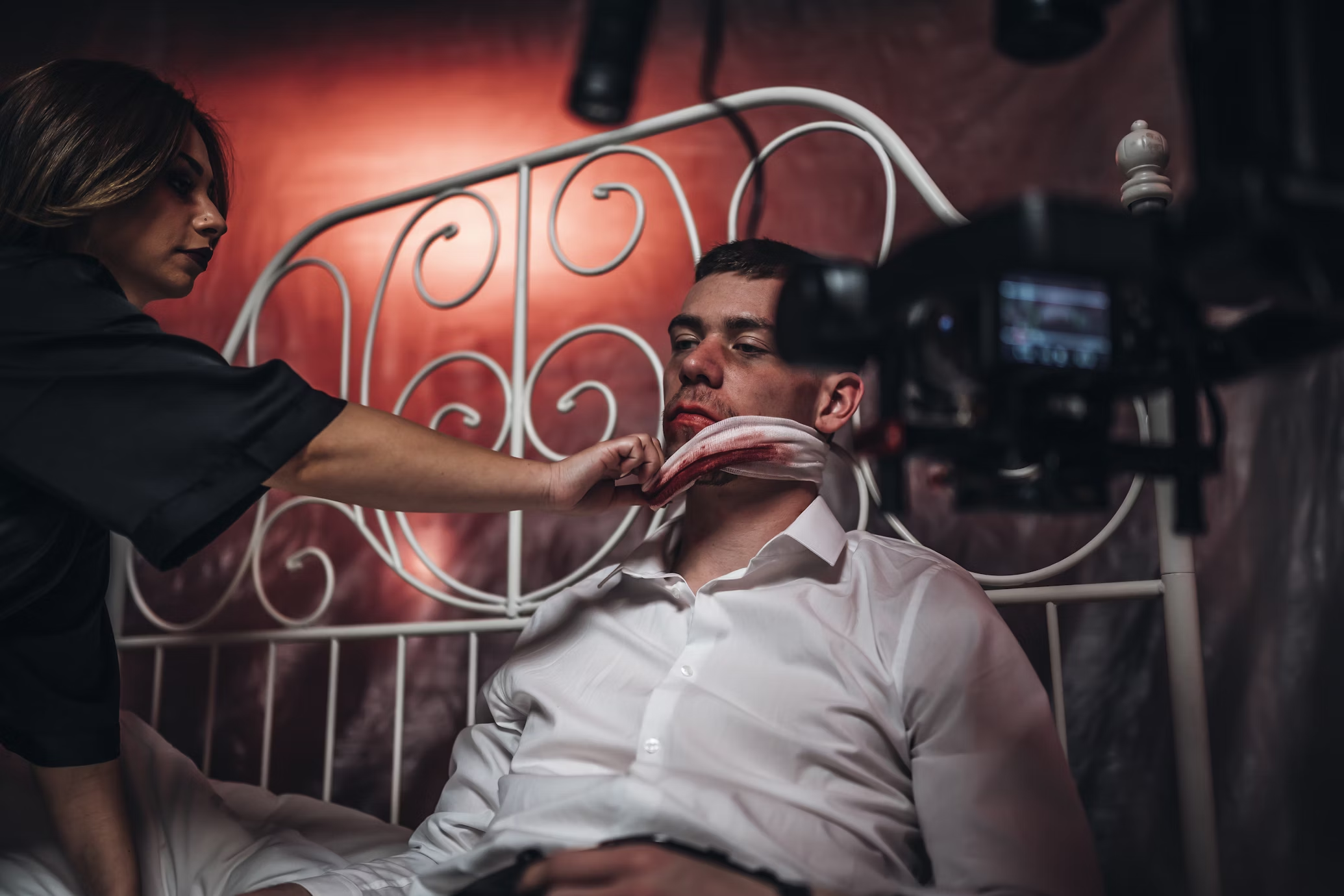How Long Is a Full Day on Set?
(By Jim Webb)
 (Photo: Rene Ranisch | Pexels)
(Photo: Rene Ranisch | Pexels)
When people think about the glamorous world of filmmaking, they often imagine red carpets, flashing cameras, and celebrities in designer outfits. However, behind the scenes, the reality of making a film or TV show is far from glamorous. One of the most demanding aspects of production is the long working hours. So, how long is a full day on set? The answer depends on the type of production, industry standards, and various unforeseen factors.
Standard Workday on a Film or TV Set
A typical film set operates on a 12-hour workday. This standard is common in Hollywood and other major filmmaking hubs. However, these 12 hours do not include additional time for setup, wrap-up, and travel, which means cast and crew often work longer.
Breakdown of a Typical Day
A standard 12-hour shoot usually follows this structure:
-
Call Time: This is the time when actors and crew must arrive on set. For crew members working in departments such as lighting, camera, and makeup, call times can be much earlier than for actors.
-
Rehearsals and Blocking: Before filming begins, actors and directors go through rehearsals, and the director of photography (DP) plans camera movements.
-
Shooting Scenes: This takes up most of the day. Each scene can take hours to film, depending on complexity, number of camera angles, and unexpected delays.
-
Lunch Break: A one-hour meal break is typically required after six hours of work.
-
More Filming: The second half of the day resumes shooting, often lasting until late at night.
-
Wrap: Once the day’s scenes are complete, the crew must pack up, return equipment, and prepare for the next day.
Exceptions to the 12-Hour Rule
While 12 hours is standard, many productions go beyond this limit due to tight schedules, budget constraints, or creative challenges.
15-Hour or Longer Workdays
It is not uncommon for film crews to work 14- to 16-hour days, especially for large-scale productions. Directors may push for more takes, special effects sequences may take longer to set up, or weather conditions may force delays.
Shorter Workdays for Certain Productions
-
Commercial shoots often have shorter workdays, around 8-10 hours, since they are typically lower-budget and require less complex logistics.
-
TV sitcoms and talk shows may also have shorter days because they follow a structured format and film in controlled studio environments.
Real-Life Examples of Long Days on Set
“The Lord of the Rings” – Grueling Shooting Schedules
Peter Jackson’s The Lord of the Rings trilogy was one of the most ambitious film projects ever undertaken. The cast and crew endured six-day work weeks with 15- to 18-hour days for over a year. Viggo Mortensen (Aragorn) described some of the night shoots as never-ending, where actors spent hours in heavy armor and extreme weather conditions.
Marvel Films – Long Days for Big Action Scenes
Superhero films require intensive action choreography, visual effects, and reshoots. For example, Chris Hemsworth has spoken about the gruelling hours on Marvel sets, sometimes working 16-hour days for weeks at a time while wearing his heavy Thor costume.
“Game of Thrones” – 55-Night Battle Shoot
For the epic Battle of Winterfell episode in Game of Thrones, the crew filmed at night for 55 consecutive nights in freezing temperatures. Many actors and extras worked overnight 12-hour shifts, making it one of the longest and most difficult shoots in television history.
Why Are Film Set Days So Long?
Several factors contribute to the long hours on set:
1. Budget Constraints
Time is money in filmmaking. Productions often try to shoot as much as possible in a limited time to avoid extra costs.
2. Complex Setups
Lighting, camera placements, and stunts take a long time to prepare. A single shot can take hours before actual filming begins.
3. Weather and Location Issues
Outdoor shoots depend on weather conditions, which can cause delays. Unpredictable factors like wind or rain can extend work hours.
4. Creative Perfectionism
Some directors insist on shooting multiple takes to achieve the perfect scene. Stanley Kubrick was known for his excessive retakes, sometimes pushing actors through dozens or even hundreds of takes in a single session.
The Impact of Long Hours on Cast and Crew
Physical and Mental Exhaustion
-
Long workdays can lead to fatigue, affecting both performance and safety.
-
Crew members, especially those handling heavy equipment, are at risk of accidents due to exhaustion.
Health Issues
-
Lack of sleep and irregular meal breaks can cause long-term health problems.
-
Studies have shown that prolonged overwork can lead to stress, anxiety, and burnout.
Industry Push for Better Conditions
In recent years, there have been growing concerns about crew welfare. Organizations like IATSE (International Alliance of Theatrical Stage Employees) have called for improved working conditions, including shorter workdays and guaranteed rest periods.
So, how long is a full day on set? While 12 hours is the standard, many film and TV productions push beyond that, sometimes reaching 15- to 18-hour days. From The Lord of the Rings to Game of Thrones, countless productions have pushed their cast and crew to the limits in pursuit of cinematic greatness. While the long hours are part of the industry, there is increasing awareness of the need for balance, ensuring that everyone on set can work safely and effectively without burning out.



